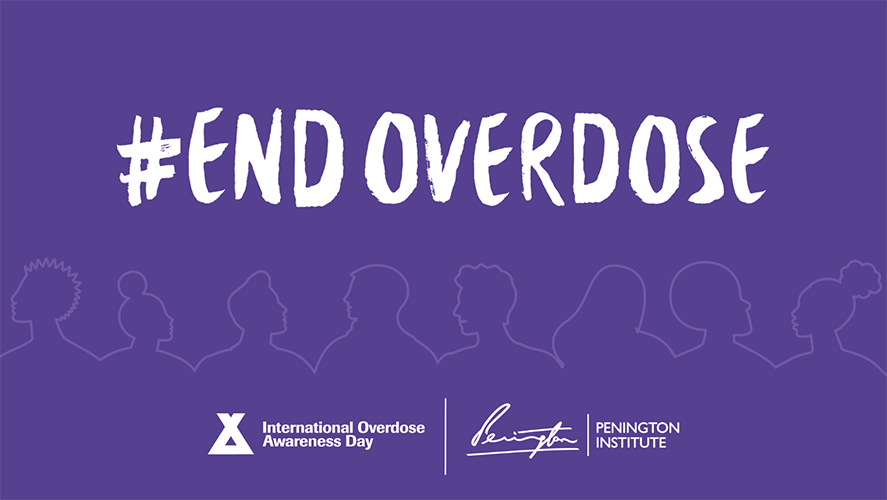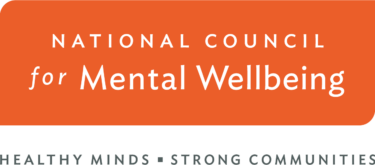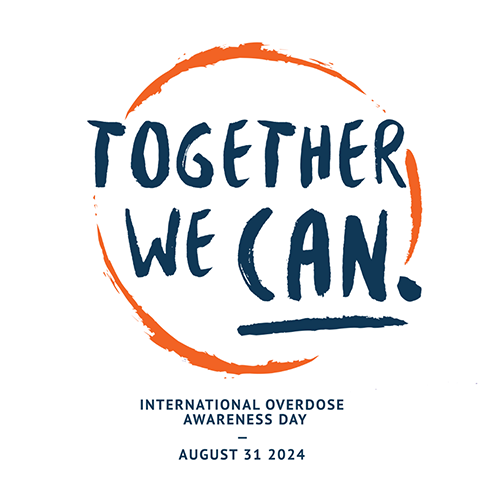Perhaps we’re finally turning a corner when it comes to lowering overdose deaths. While the number of people dying as a result of an overdose remains frighteningly high, a new report signals modest progress in efforts to reduce fatalities.
Updated figures from the Centers for Disease Control and Prevention (CDC) found fatal drug overdoses fell 2.4% from 2022 to 2023. The toll from the overdose crisis reached 108,317 lives last year, according to data the CDC posted Aug. 4. While that’s lower than the 111,029 overdose deaths in 2022, it still represents a massive number of preventable deaths, and there’s yet more we can do to ensure that fatalities continue to decline.
That is one of the goals of International Overdose Awareness Day, observed on August 31.
In recognition of the day, the National Council has created an informative new video to help people understand how to administer naloxone. Naloxone (often known by the brand name Narcan) is a medication that reverses opioid overdoses. It is quite literally a lifesaver.
The lower number of overdose fatalities in 2023 may be related to the Food and Drug Administration’s March 2023 decision to make naloxone available over the counter, a decision we applauded. But having naloxone available doesn’t mean everyone who may need it has access to the drug. And it doesn’t mean that everyone knows how to administer naloxone.
Let’s hope the modest drop in overdose fatalities last year was an early indication that we’re finally flattening the curve of overdose deaths.
That’s exactly why we made this video.
Everyone should carry naloxone, especially those who work with the public — whether as a teacher, ambulance driver, librarian, coach or in some other capacity.
The Substance Abuse and Mental Health Services Administration (SAMHSA) continues to promote naloxone distribution through state opioid response (SOR) grants. Naloxone distribution and saturation planning is a federal-state partnership (of sorts) to optimize naloxone distribution.
States are required to create distribution and saturation plans as part of their SOR grant; every state is required to make one. The purpose is for states to meaningfully plan and coordinate their naloxone distribution based on data and input from impacted community partners so they optimize reach, including focusing distribution efforts to those most likely to experience and/or witness an overdose.
Substance use isn’t going away anytime soon. July’s release of the 2023 National Survey on Drug Use and Health provides important new data about substance use challenges and the nature of substance use among people of all ages. For instance:
70.5 million
Among people aged 12 or older in 2023, 70.5 million people (24.9%) had used illicit drugs in the past year, up from 70.3 million people in 2022 and 61.2 million in 2021.
48.5 million
In 2023, 48.5 million people 12 or older (17.1%) had a substance use disorder in the past year, down slightly from 48.7 million in 2022.
8.9 million
In 2023, 8.9 million people 12 and older (3.1%) used opioids in a non-prescribed way in the past year, compared to 8.9 million in 2022 and 9.4 million in 2021.
This data shows us that no one is immune from a substance use challenge.
We can’t turn our backs on people with a substance use disorder or ignore the tragic consequences of substances, whether they’re considered illicit or socially acceptable, like alcohol. To support people with a substance use disorder or their loved ones, the Start With Hope project also recently published many new resources, including:
- Overdose Risk Assessment Tool.
- Conversation Paths to Support Loved Ones.
- Tips for Finding Whole-person Health, Substance Use and Mental Health Care.
- Substance Use Treatment Resource Guide for Black and Hispanic/Latinx Populations.
- Bridging Voices (fotonovela).
The Start With Hope project was started in November 2023 by The Ad Council, in partnership with the CDC, the National Council and Shatterproof to deliver a message of hope to those living with substance use disorders as well as those at risk of developing one.
Let’s hope the modest drop in overdose fatalities last year was an early indication that we’re finally flattening the curve of overdose deaths. When it comes to lives lost, we can’t be satisfied with modest improvements. Let’s ensure continued progress by spreading the word about lifesaving resources.
Check out our new video, and let us know what you’re doing in your communities to reduce overdose deaths and provide resources to those with a substance use disorder.
We can and will learn from one another on how to best support people and communities.





